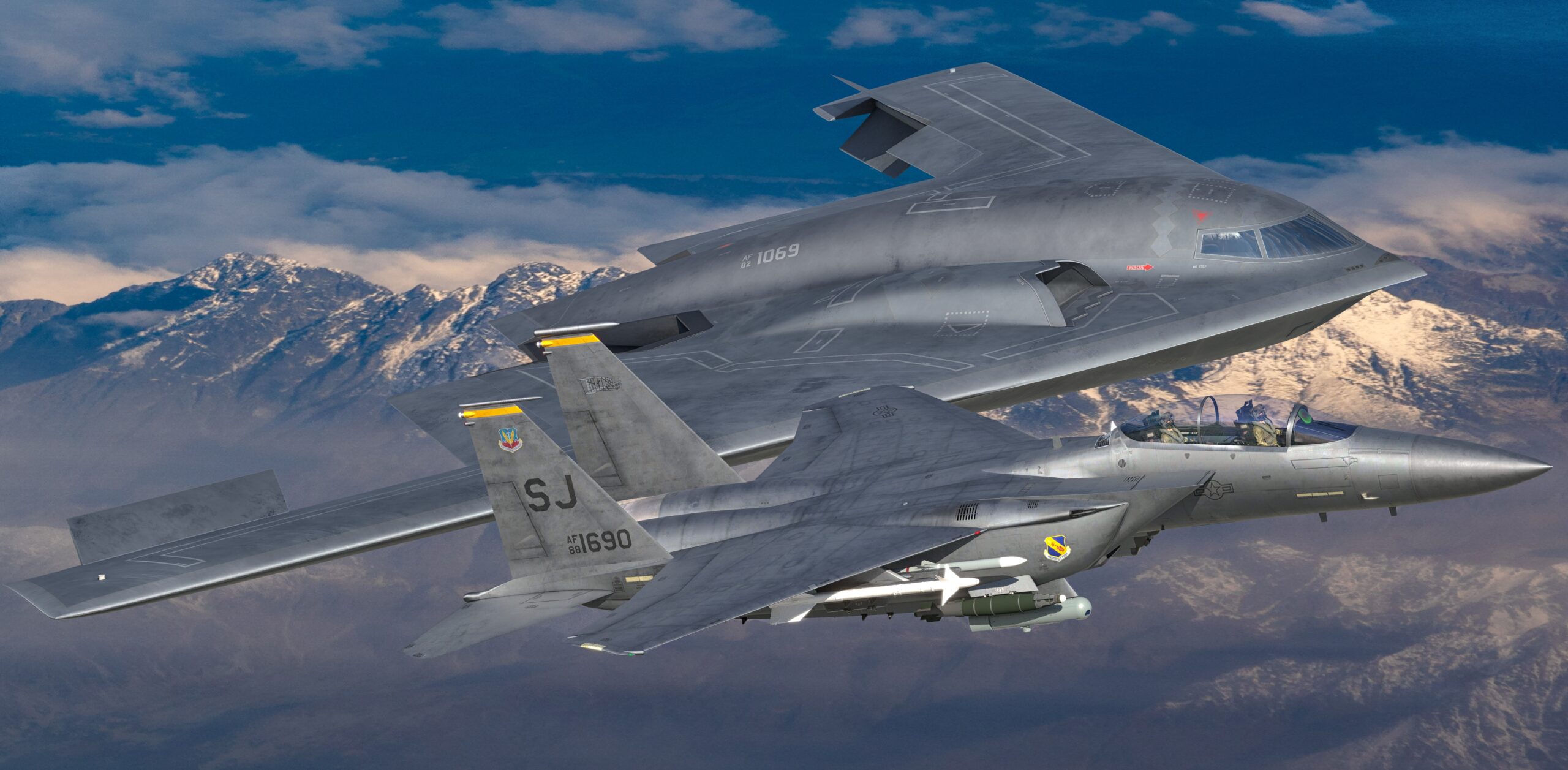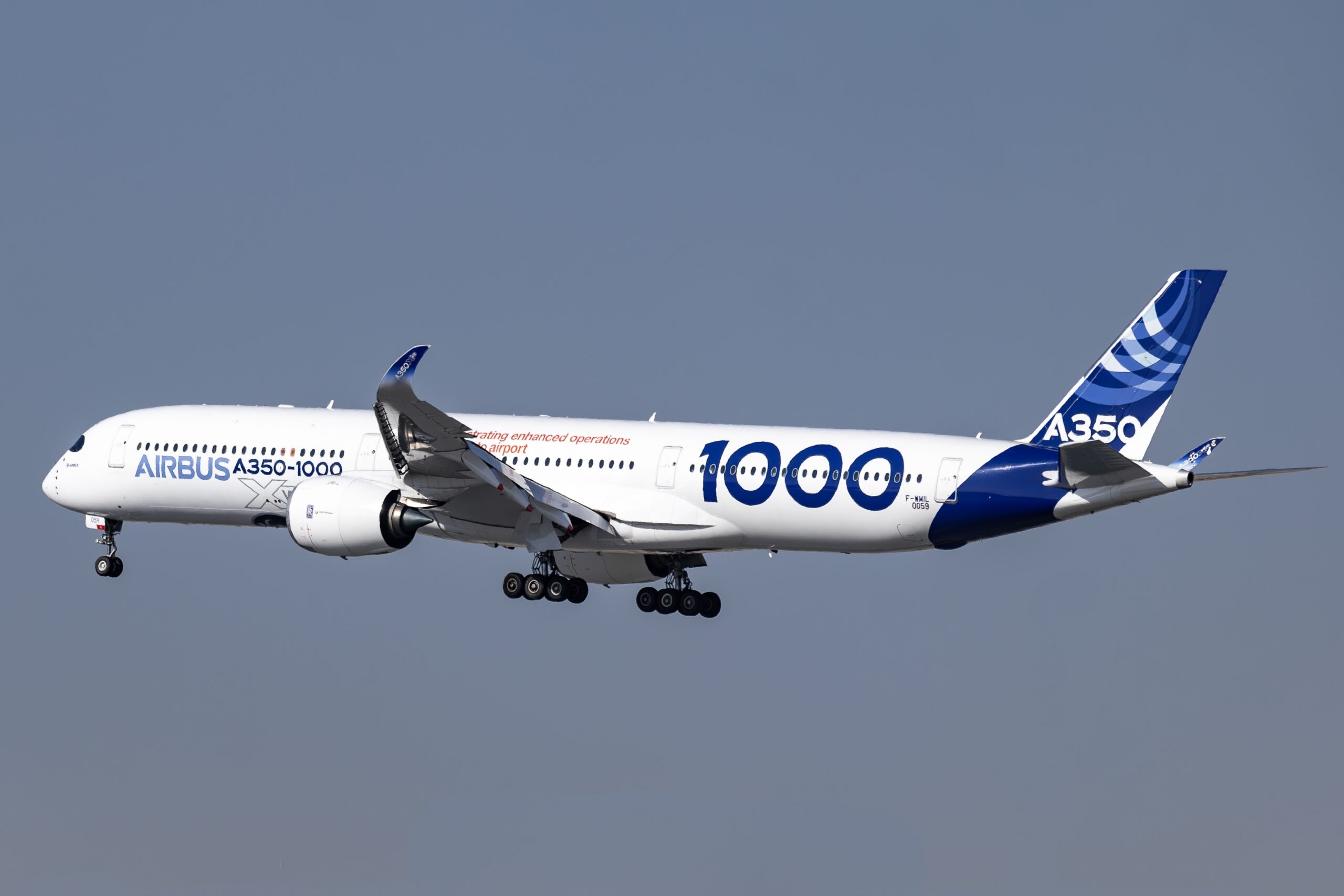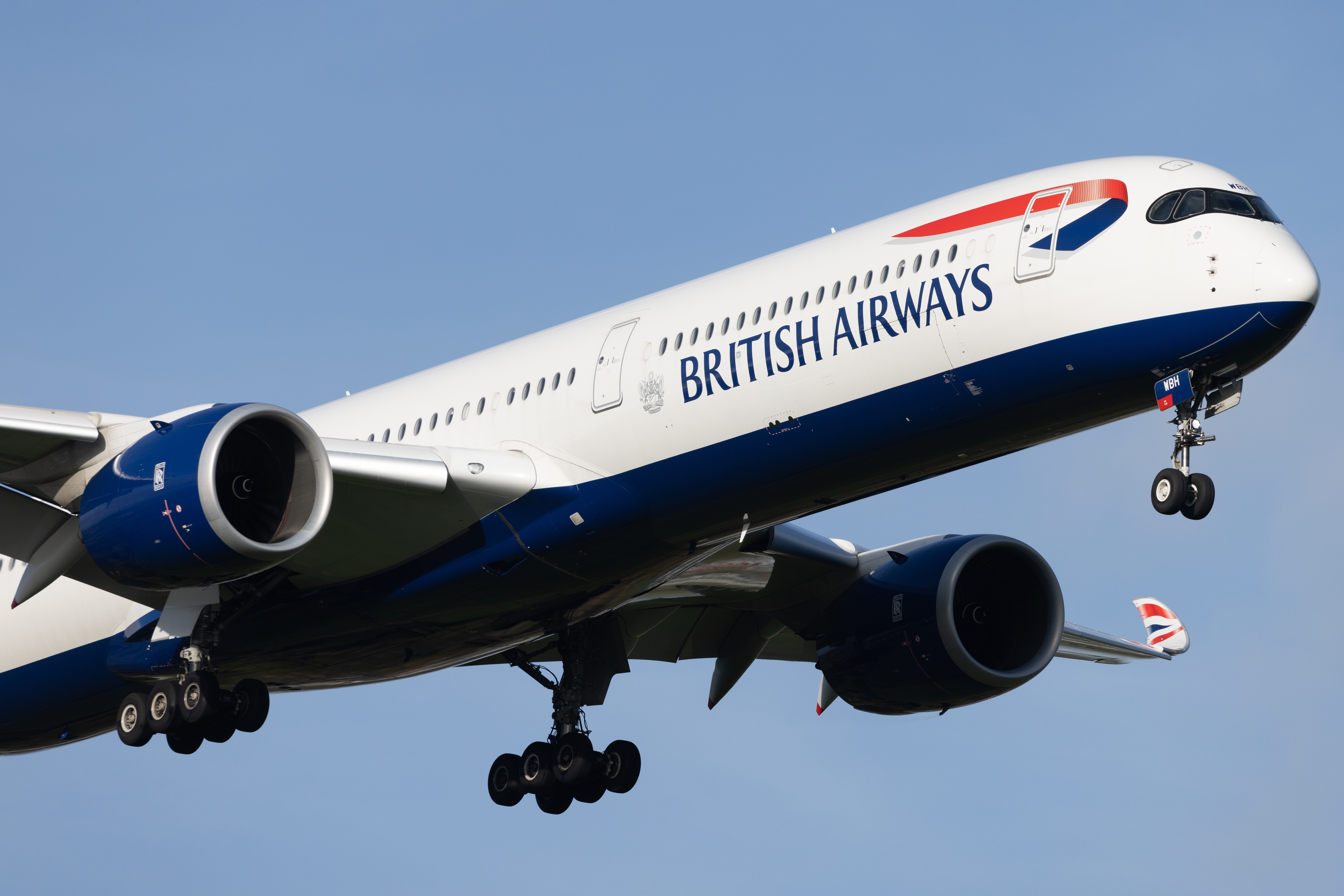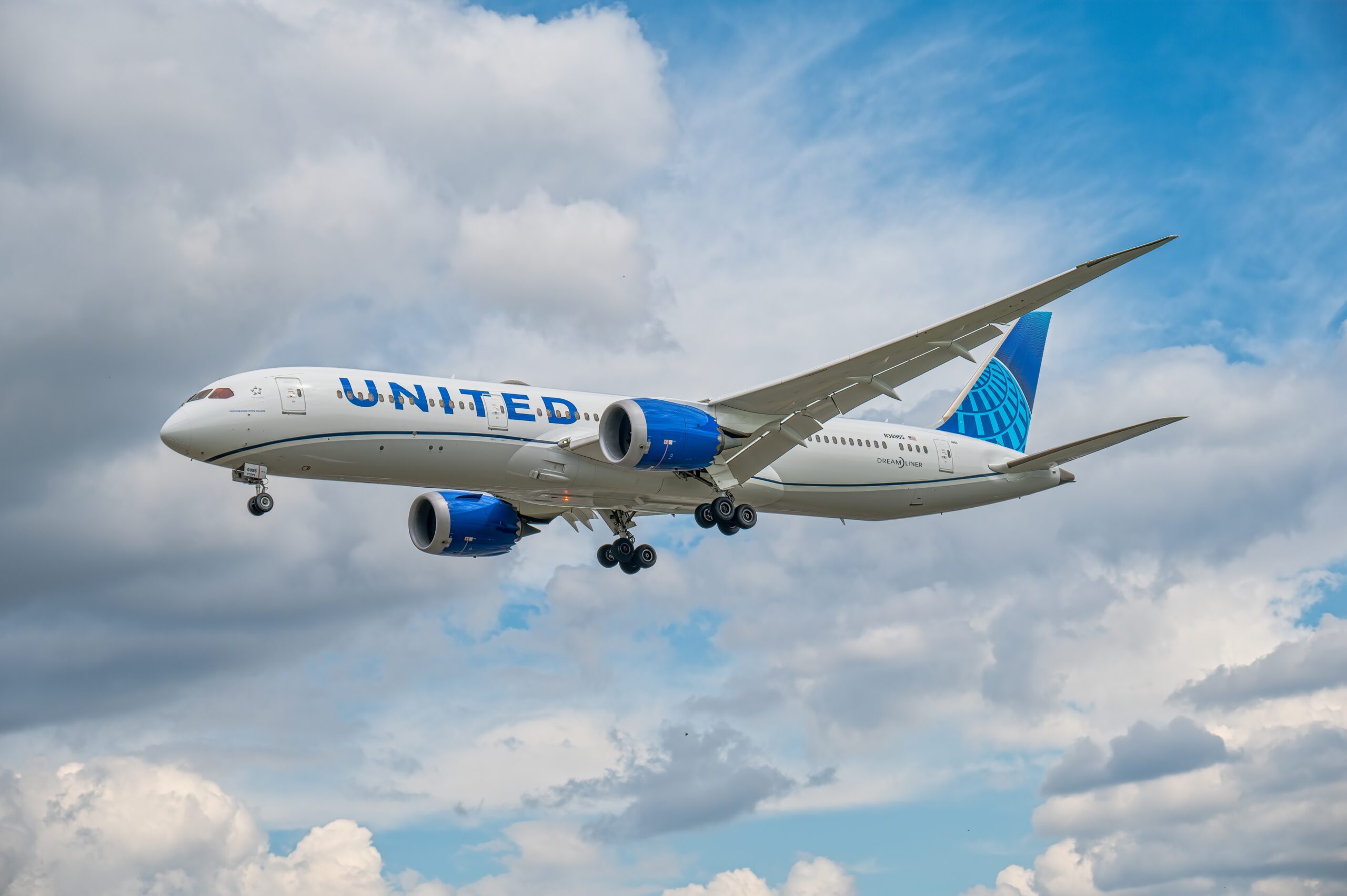Fly smarter with Spirit Air—learn how this ultra-low-cost carrier offers flexible fares, budget travel options, and expanding routes across the U.S. and beyond.
Table of Contents
Spirit Air: Understanding the Low-Cost Airline
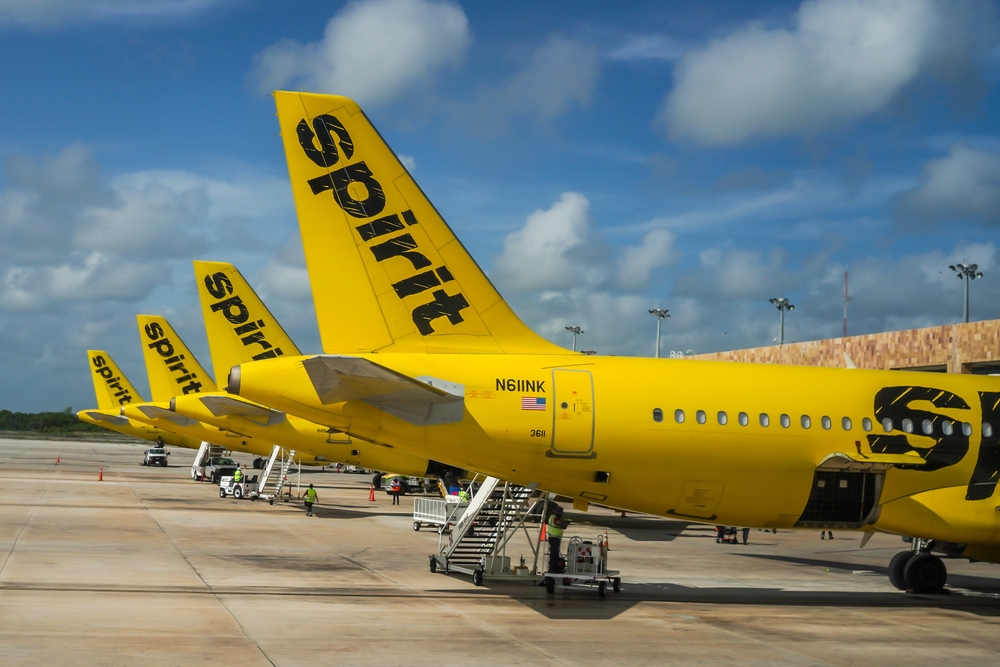
Spirit Airlines, known for its yellow planes, is a low-cost carrier based in the United States. Founded in 1980, it has grown to become one of the largest low-cost airlines in the country. The airline prides itself on offering low fares and a no-frills flying experience.
History and Background
The airline was originally known as Charter One, providing travel packages to various locations in the United States. In 1992, it changed its name to Spirit Airlines and began scheduled service. By 2007, it had transitioned fully to an ultra-low-cost carrier, focusing on keeping base ticket prices low. This model allows passengers to pay only for the services they want.
Business Model
The low-cost model of Spirit Airlines is straightforward. It involves unbundling all aspects of the flight experience. This means that the base fare only includes a seat on the plane. Other services such as checked baggage, seat selection, and in-flight refreshments come at an additional cost. This approach provides flexibility for travelers. Passengers can opt to fly at a lower cost if they forego certain amenities. However, it can lead to a higher overall price if they choose many add-ons.
Revenue Streams
- Base Fare: This is the initial low price of the ticket.
- Ancillary Fees: These include charges for bags, seat assignments, and other extras.
- On-Board Sales: Food, beverages, and other in-flight purchases contribute to revenue.
Fleet and Destinations
Spirit Airlines operates a fleet of Airbus A320 family aircraft. The fleet is relatively young, ensuring efficient operations. The airline services over 70 destinations across the United States, Latin America, and the Caribbean. Major hubs include Fort Lauderdale, Orlando, and Detroit.
Fleet Details
- Airbus A319: Used for shorter and less busy routes.
- Airbus A320: Versatile aircraft used for many domestic and international routes.
- Airbus A321: Largest in Spirit’s fleet, used for high-density routes.
Passenger Experience
Flying with Spirit is different from other airlines. Seats are generally smaller, with limited recline. Legroom is tighter compared to traditional airlines. Passengers looking for more comfort can purchase the Big Front Seat, which offers wider seats and extra legroom. Onboard meals and drinks are available for purchase. There are no complimentary refreshments. Spirit’s focus is on offering low base fares, so don’t expect luxury amenities.
Baggage Policies
Spirit’s baggage policies are strict. Carry-on and checked bag fees vary depending on when and where they are purchased. It’s cheaper to buy baggage allowance when booking the ticket. Baggage fees increase at the airport. Personal items like a small backpack are included in the base fare, but they must fit under the seat.
Travel Essentials
Passengers can save money by packing light and bringing only a personal item. Plan ahead and purchase any additional services online. Arrive early at the airport as check-in lines can be long. Use the Spirit Airlines mobile app to stay updated on flight status.
Loyalty Program
Spirit’s loyalty program, Free Spirit, allows passengers to earn points on flights and other purchases. Points can be redeemed for flights, but availability is limited. The program also offers tiers that provide benefits like free checked bags and seat selection for frequent flyers.
Criticism and Controversies
Spirit Airlines has faced criticism, particularly for its fees and customer service. Many passengers find the additional charges frustrating. Moreover, the no-frills service model can lead to misunderstandings. However, Spirit continues to attract budget-conscious travelers. It’s vital to understand the airline’s policies before booking.
Customer Service
Customer service is often a sticking point. The airline operates a minimal contact customer service approach. Issues are usually handled online or through call centers. In-person assistance at the airport might be limited.
Environmental Efforts
Spirit Airlines is committed to environmental sustainability. The airline operates fuel-efficient aircraft and adopts practices to minimize carbon footprint. Investment in modern, fuel-efficient aircraft helps reduce emissions. Spirit has also joined global initiatives to promote sustainable aviation.
Future Outlook
Spirit Airlines continues to expand its route network. There are plans to increase fleet size and enter new markets. The airline’s focus remains on providing affordable travel. Spirit’s ultra-low-cost model adapts well to economic fluctuations. Future growth is expected, with more travelers seeking budget options.

